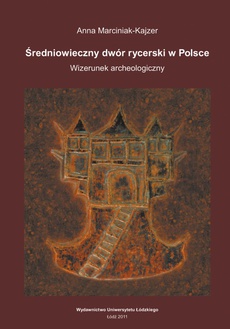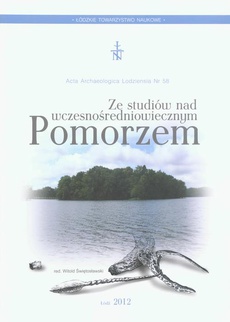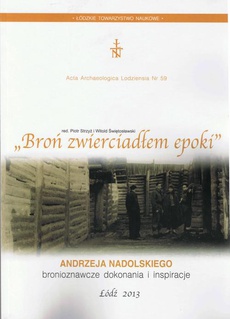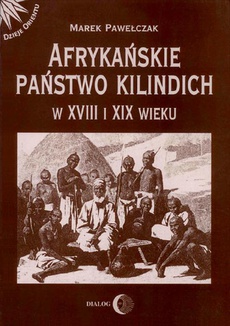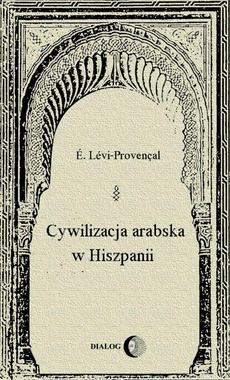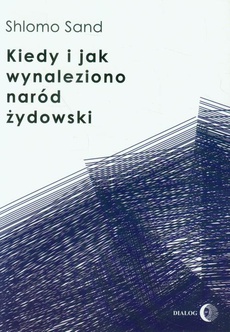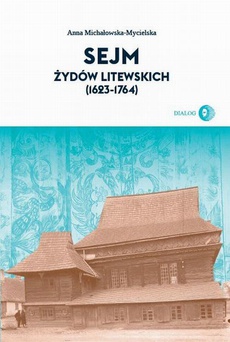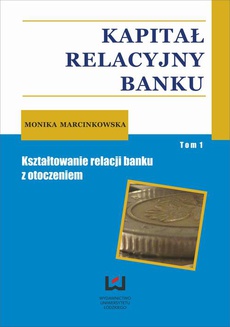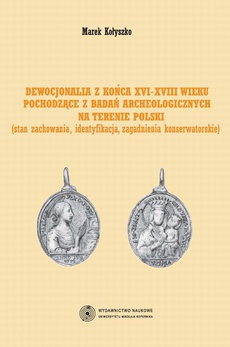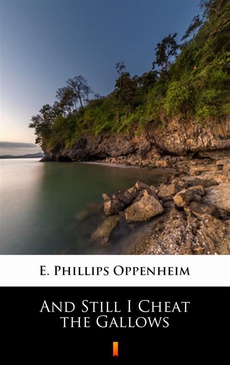POLECAMY
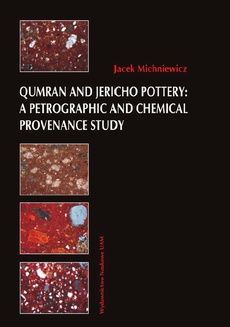
Qumran And Jericho Pottery: A Petrographic And Chemical Provenance Study
Autor:
Format:
ibuk
Książka zawiera monograficzne opracowanie petrograficzno-geochemiczne starożytnej ceramiki pochodzącej ze stanowisk Qumran i Jerycho w basenie Morza Martwego. Jest to interesujące studium z dziedziny interdyscyplinarnej nauki zwanej archeometrią lub petroarcheologią, poświęcone ważnym i powszechnie znanym na całym świecie stanowiskom archeologicznym. Autora cechuje nowoczesne podejście do podejmowanego tematu badawczego, rzetelny warsztat metodyczny, staranne opracowanie, wnikliwa interpretacja i dyskusja wyników.
| Rok wydania | 2009 |
|---|---|
| Liczba stron | 179 |
| Kategoria | Archeologia |
| Wydawca | Wydawnictwo Naukowe Uniwersytetu im. Adama Mickiewicza |
| ISBN-13 | 978-83-232-2002-2 |
| Numer wydania | 1 |
| Język publikacji | angielski |
| Informacja o sprzedawcy | ePWN sp. z o.o. |
Ciekawe propozycje
Spis treści
| Acknowledgements | 7 |
| 1. INTRODUCTION | 9 |
| 1.1. Location of Qumran in the light of the geological structure of the region | 16 |
| 1.2. What knowledge can be gained from petrographic and chemical investigations, and what are their limitations? | 20 |
| 1.3. Prior investigations | 24 |
| 1.4. Analytical methods | 27 |
| 1.5. Search for potential clay deposits and laboratory tests of the clay samples collected in the field | 28 |
| 1.5.1. Hebron | 29 |
| 1.5.2. En Gedi | 34 |
| 1.5.3. Wadi Qumran | 35 |
| 1.6. Experimental clay firing | 35 |
| 2. OIL LAMPS FROM THE QUMRAN SITE AND THE JERICHO WINTER PALACES | 37 |
| 2.1. Object of study | 37 |
| 2.2. Results of petrographic examination | 38 |
| 2.2.1. PETROGRAPHIC GROUP I (Foraminiferous Clay Group) | 38 |
| 2.2.2. PETROGRAPHIC GROUP II (Rich Clay – Calcareous Sand Group) | 42 |
| 2.2.3. PETROGRAPHIC GROUP III (Rich Clay – Quartz Sand Group) | 46 |
| 2.2.4. LAMPS NOT ASSIGNED TO ANY OF THE GROUPS | 48 |
| 2.3. Chemical data and mathematical interpretation | 51 |
| 2.3.1. Principal components analysis | 51 |
| 2.3.2. Spanning tree | 56 |
| 2.4. Comparison of the results of geochemical analyses with those of petrographic observations | 59 |
| 2.5. Summing up | 59 |
| 3. JERICHO – COMMON CERAMICS FROM HASMONEAN AND HERODIAN PALACES | 61 |
| 3.1. Object of study | 61 |
| 3.2. Petrography | 61 |
| 3.2.1. PETROGRAPHIC GROUP I (Foraminiferous Clay Group) | 61 |
| 3.2.2. PETROGRAPHIC GROUP II (Rich Clay – Calcareous Sand Group) | 67 |
| 3.2.3. PETROGRAPHIC GROUP III (Rich Clay – Quartz Sand Group) | 69 |
| 3.2.4. PETROGRAPHIC GROUP IV (Terra Rossa Group) | 72 |
| 3.3. Results of chemical analyses and their mathematical interpretation | 75 |
| 3.3.1. Principal components analysis | 75 |
| 3.4. Summing up | 81 |
| 4. QUMRAN COMMON WARES AND COMPARISON WITH THE JERICHO POTTERY | 85 |
| 4.1. Object of study | 85 |
| 4.2. Results of petrographic examinations | 86 |
| 4.2.1. PETROGRAPHIC GROUP I (Foraminiferous Clay Group) | 86 |
| 4.2.2. PETROGRAPHIC GROUP II (Rich Clay – Calcareous Sand Group) | 90 |
| 4.2.3. PETROGRAPHIC GROUP III (Rich Clay – Quartz Sand Group) | 90 |
| 4.2.4. PETROGRAPHIC GROUP IV (Terra Rossa Group) | 94 |
| 4.2.5. The remaining specimen no. 90 | 94 |
| 4.3. Results of chemical analyses | 95 |
| 4.4. Chemical similarities and differences between the Qumran and Jericho ceramics | |
| . | 104 |
| 4.5. Genesis of the chemical variability of the Qumran and Jericho ceramics | 108 |
| 4.6. Summing up | 117 |
| 5. CERAMICS FROM QUMRAN AND JERICHO AS COMPARED WITH EZ-ZARA | |
| AND KHIRBET MAZIN POTTERY AND CLAYS SAMPLED IN THE FIELD | 121 |
| 5.1. Petrographic investigations | 121 |
| 5.2. Comparative chemical analysis | 129 |
| 5.3. Interpretation of the results | 135 |
| 5.4. Are the Qumran ceramics made of Wadi Qumran deposits? | 138 |
| 5.5. Conclusions | 140 |
| References | 143 |
| List of figures | 153 |
| List of tables | 157 |
| Ceramika z Qumran i Jerycho. Petrograficzno-chemiczne badania nad jej pochodzeniem | |
| (S t r e s z c z e n i e) | 159 |

